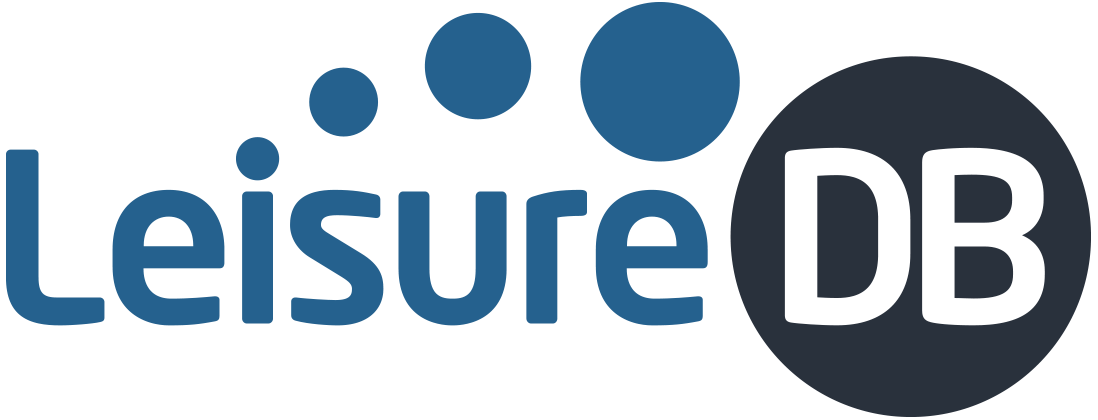Behind every one of our latent demand calculations sits comparable data on 7,000 UK fitness sites, profiles of millions of members, 450+ Mosaic data variables and 20+ years of experience. It all comes together to provide highly accurate estimates. Here’s how it works.
What does it take to come up with an accurate latent demand figure for your fitness facility, existing or planned? Let’s take it step by step.
#1 Drawing up a catchment
We start with the catchment area. From how far away will people be willing to travel to use your facility, and how large is the population within that catchment?
For every estimate of a catchment area, we run various options through our model to determine what’s realistic based on a range of factors, before also applying our 20+ years of experience to factor in other variables that can influence catchments.
Because this isn’t just about drive time, or even population clusters and where your competitors are. It’s about what you’re offering, and for what price. And it’s about geography, natural boundaries and man-made features.
#2 Creating a Mosaic profile
Once your catchment area has been defined, it’s time to understand the make-up of its population. This is where Mosaic comes in.
Based on 450+ data variables, Experian’s Mosaic consumer classification platform encompasses 15 groups that break down into 66 types. It presents a clear picture of who lives where in the UK – broken down to the level of individual postcodes – with groups offering an overall feel of an area, then types going into more detail.
Leisure DB’s latent demand reports work at this detailed level of Mosaic types; this is what drives the accuracy and value of our reports, as it really allows us to dive into the specifics. The Mosaic profile we create for your facility – planned or existing – not only shows dominant types in the catchment, but indexes all types to show their comparative weighting and importance for your facility.
We also provide information about the important groups and types for your facility, so you have an accurate understanding of the demographics and characteristics of your catchment population: age, life stage, affluence, home ownership, types of property, whether they have children, how they holiday, shop, consume social media, and so on.
#3 Mosaic and competition mapping
We also create a Mosaic map for you, so you can see exactly where each Mosaic group lives in your catchment. And we produce a competition map – showing the locations of all open and soon-to-open competitive fitness facilities in your catchment – as well as providing analysis on the offering and pricing at each.
And you can trust that this map is based on the most up-to-date information, because throughout the year, Leisure DB’s dedicated research team captures changes as they occur – including new openings, closures, gym expansions and site/management takeovers.
It’s very useful to map population clusters against competitive sites in this way, because it quickly highlights important additional considerations. For example, if you have a lot of students or young people in your catchment, is there a university gym, and is it located close to this population cluster? If so, many of them will likely be members there, meaning this group/type may not represent as significant an opportunity for you as you might originally have thought.
#4 Estimating demand
The final step is to calculate how many members you’re likely to attract to your facility, which we break down by Mosaic type to help you fine-tune your planning.
These accurate estimates are powered by a proprietary Leisure DB model that holds everything we know about the UK’s approximately 7,000 fitness facilities, as well as data on millions of fitness members – who they are, how far they travel to their gym and so on. The model continually adjusts and updates, too, as new member data is incorporated.
Using this data, our robust model is able to accurately predict the impact of each variable on latent demand for each Mosaic type. Does your facility, or planned facility, have a pool? What about a group exercise studio? How big is the gym? In what part of the UK is it? What’s the price point? What are the population numbers and demographic clusters in the catchment area? Each filter applied narrows and refines the set of facilities against which we benchmark yours, so your latent demand forecast is based only on learnings from relevant – i.e. highly similar – sites.
Each filter applied also changes the likely demand, and therefore penetration rate, for each Mosaic type, because each new filter will of course impact the relevance and appeal of your facility for each prospect type.
The result is the most accurate possible forecast of demand: the total number of members we feel could be achieved at your site.
Note that this isn’t about stretch goals. It’s about what 20+ years of accumulated data and experience tell us is actually feasible. We’re here to help you set realistic expectations, and with it, make critical decisions with confidence.


